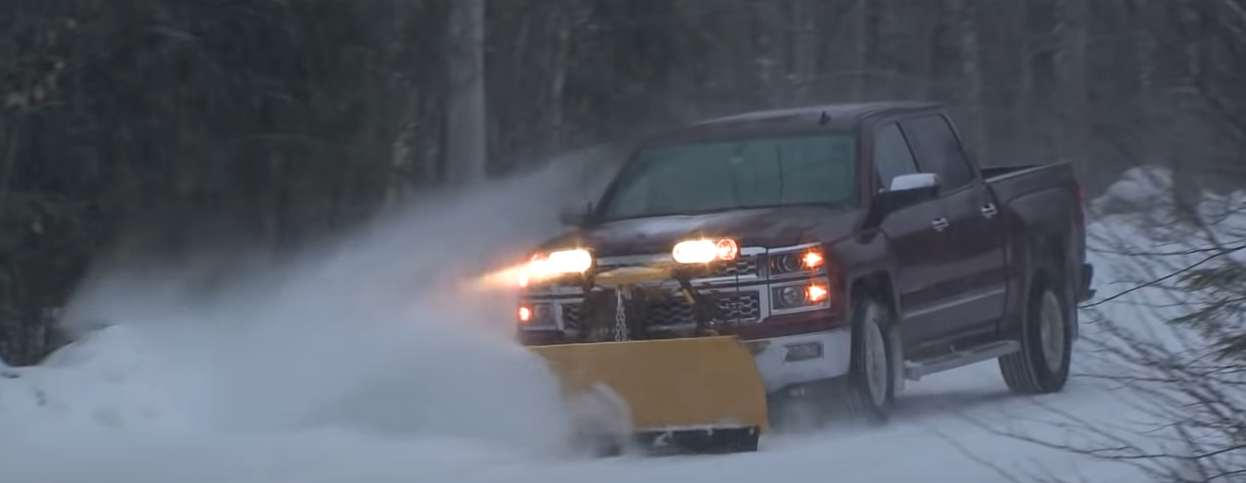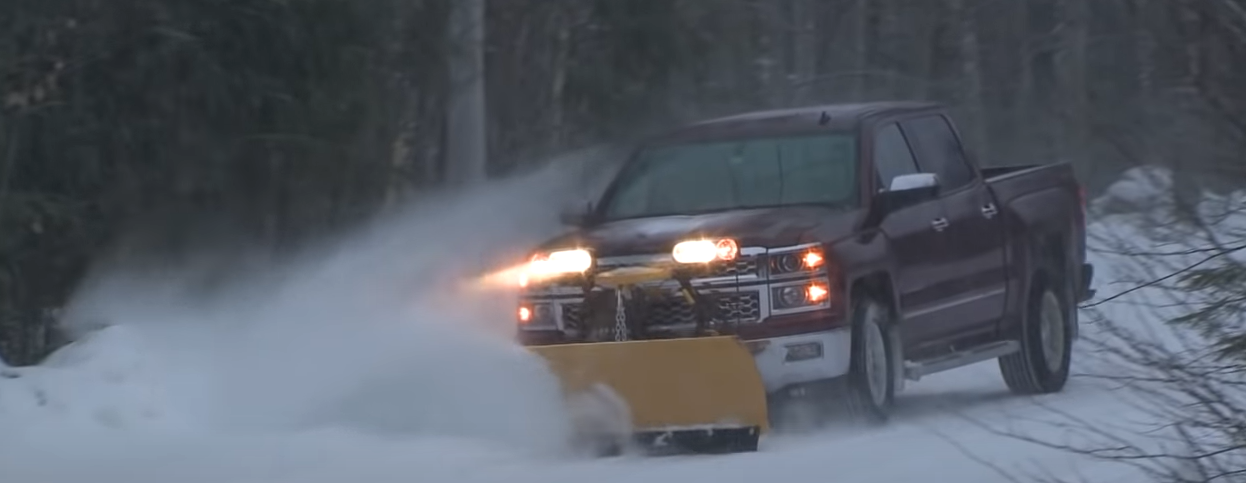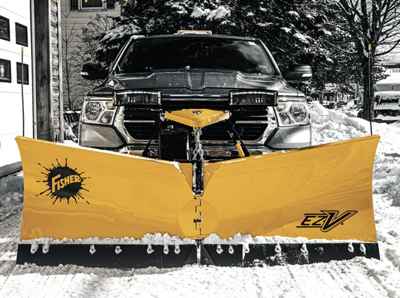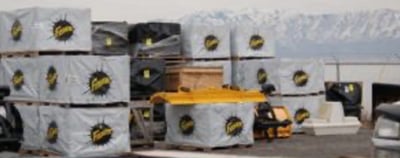How to Plow Snow During a Blizzard | Safety Precautions

Snowy days are mesmerizing when you're indoors by a roaring fire. Venturing outside changes the perspective, however. It's critically important to know how to plow snow to keep main roads, driveways, and other areas clear of snow. Working with a snowplow and associated safety equipment is the smartest way to clear the area in record time. Before you hop onto or activate your plow or snow blower, understand the safety precautions necessary for a successful trip.
Examine the Plowing Area Beforehand
Pay attention to the weather forecast, and familiarize yourself with the area you will be plowing before the snow begins to falls. Knowing where obstacles are will help you avoid them after they are covered by snow.
Look for these features in the area:
- Obstacles likely to be obscured by snow
- Property close to the road that you could damage
- Guardrails
- Curves in the road
- Dips and bumps along the pavement
- Sites where you can pile the snow
- Sites where you can turn around
Some snow plow drivers even stake out certain areas along the roadway as markers. When the storm moves in, these markers can make a difference in safety for all.
Stock up on Supplies
Before you leave, make sure that you have jackets, socks, and extra shirts to stay comfortable. Bring safety equipment, such as flares, batteries, and flashlights. Include snacks and water. Include anything that will help you weather the storm, especially if you get stuck in the middle of it.
Evaluate the Snow Plow
Regardless of the type of snowplow you use, including Fisher models, a solid examination of the machine is a crucial safety precaution before you take off.
If you have not done this before, take a look under the hood, top off fluids and check all lights. Then examine the plow mechanism. Snow removal places significant stress on the machine, so starting with a healthy system is paramount.
Before taking off for the job, plow a driveway or other easy areas, and feel how the machine performs under your control. It will be your last opportunity to discover anything amiss, before heading off to the storm.
Slow-and-Steady Pace
Apply the same caution to either a street or long driveway. Again, a slow pace is how you should treat the project. The Baltimore Sun reports that you should plow a roadway at 16 miles per hour, for example. A slow pace with a shovel or snowmachine allows you to remove as much material as possible without slipping.
Plow driveway areas, in particular, at a very slow speed. Avoid landscaping and property features. It is helpful to mark any property close to where you will operate your plow before the storm.
Stay Focused
Turn off music, pay attention to law enforcement and keep your eyes on the road. A lot of snow can drop in several minutes during a blizzard. Although you may be on your tenth pass of the night, avoid any distractions. Dry or wet snow reacts differently as you pass the snowplow across the road, for example. Your current pass can be entirely different than it was 10 minutes ago.
Keep the snow to the side of the road so that everyone can safely move through the neighborhood.
The plow itself might have an advantage over standard cars, but mother nature can still surprise anyone who's not focused.
Contact Motion & Flow Control Products today with your snow removal questions. We carry products and parts to support your cleanup efforts.





